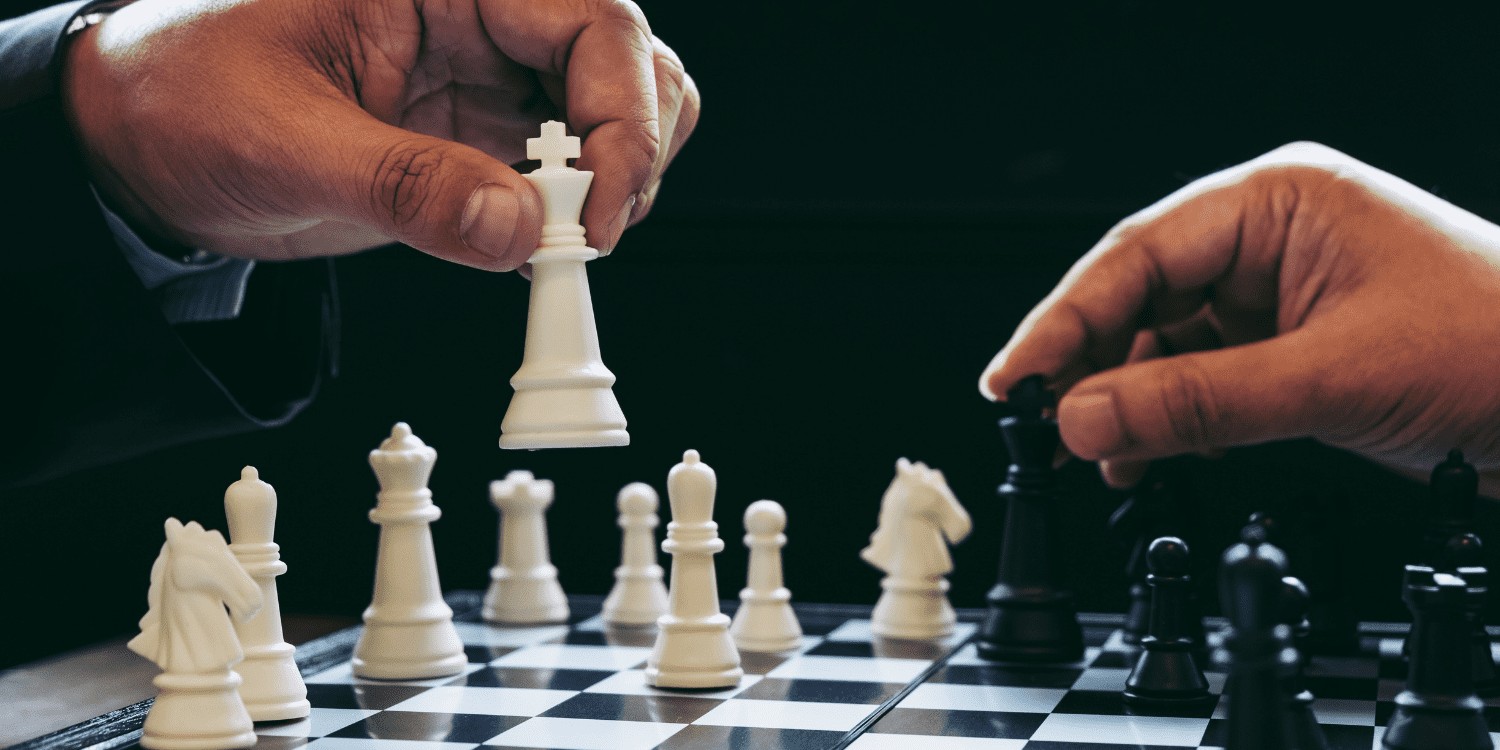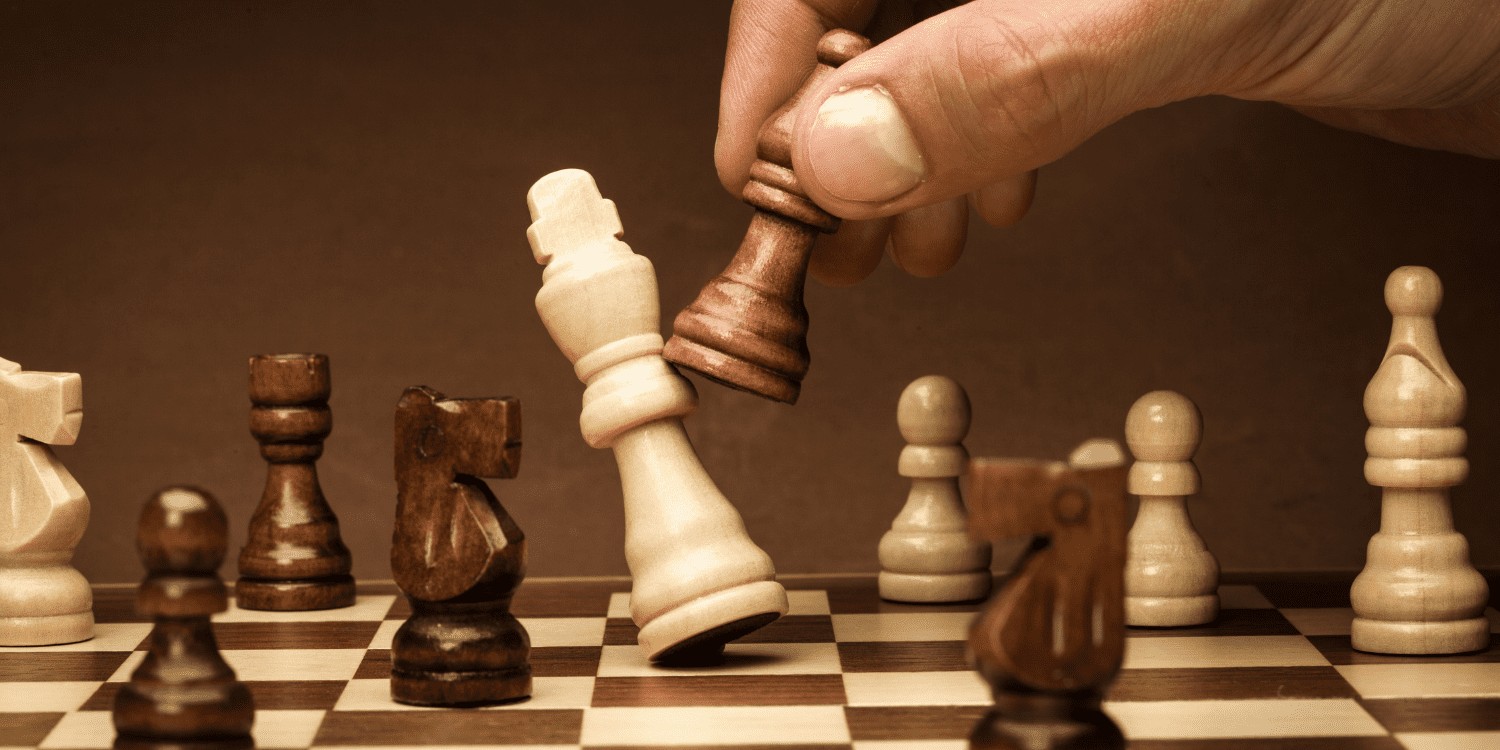How does a bishop move in chess? It’s a question that has puzzled many people over the years. In this article, we’ll take a look at how bishops move in chess, and how you can use them to your advantage.
A bishop is a chess piece that can move diagonally, either one square at a time or two squares at a time if the first square is unoccupied. A bishop can also jump over any other piece on the board to get to its destination square. Bishops are very powerful pieces and can easily control large areas of the board.
Another Interesting Read: What Is A Draw In Chess 2022 Tips?
Bishops can move diagonally across the chessboard. They can move as far as they like, as long as they don’t move off the board or into check. Bishops are very powerful pieces and can be used to control a lot of territory on the chessboard.
How Does A Bishop Move In Chess?
Bishops are most effective when they are placed on squares of the same color. This is because they can then move diagonally around the board without having to worry about being blocked by other pieces.
Seek out open diagonals: Bishops are at their most effective when they can move diagonally without being blocked by other pieces. Look for open diagonals on the board and try to place your bishops there.
Control the center of the board: The center of the board is a very important area, and it’s where most of the action takes place. Try to control the center of the board with your bishops.
Use your bishops to attack: Bishops are very good at attacking enemy pieces. Use them to target enemy pieces, especially ones that are hard to defend.
Defend your own pieces: Bishops can also be used to defend your own pieces. If one of your pieces is under attack, use your bishop to protect it.
Utilize bishops in the endgame: Bishops are especially useful in the endgame when there are fewer pieces on the board. Use them to control key squares and help you win the game.
Bishops can also be used effectively on squares of different colors. This is because they can still move diagonally around the board, but they might have to “jump” over other pieces to do so. This can be useful for attacking or defending.
Bishops are also very important in the endgame. This is because they can control a lot of squares and make it difficult for the opponent to move their pieces around.
Overall, bishops are powerful pieces that can be used in many different ways. They are most effective when placed on squares of the same color, but they can still be useful on squares of different colors. Bishops are also important in the endgame because they can control a lot of territories.

10 Guides For How Does A Bishop Move In Chess?
Now that you know how bishops move in chess, you can start using them to your advantage. Here are 10 guides that will help you get the most out of your bishops:
1. Use bishops to control a lot of territory on the chessboard:
Bishops are very powerful pieces that can be used in many different ways. They are most effective when placed on squares of the same color, but they can still be useful on squares of different colors. Bishops are also important in the endgame because they can control a lot of territories.
2. Use bishops to attack or defend:
Bishops can move diagonally around the board, which makes them very effective for attacking or defending.
3. Use bishops in the endgame:
Bishops are especially important in the endgame because they can control a lot of squares and make it difficult for the opponent to move their pieces around.
4. Place bishops on squares of the same color:
This is the most effective way to use bishops because they can then move diagonally around the board without having to worry about being blocked by other pieces.
5. Place bishops on squares of different colors:
This can be useful for attacking or defending because they can still move diagonally around the board, but they might have to “jump” over other pieces to do so.
6. Use bishops to control a lot of squares:
Bishops are very important in the endgame because they can control a lot of squares and make it difficult for the opponent to move their pieces around.
7. Use bishops to your advantage:
Bishops can be used in many different ways to your advantage. Experiment with different positions and see what works best for you.
8. Don’t move bishops off the board or into check:
Bishops can move as far as they like, but they must stay on the board and they cannot move into check.
9. Be aware of your opponent’s bishops:
Your opponent may also have bishops, so be aware of their positions and how they can be used to your disadvantage.
10. Have fun with your bishops:
The most important thing is to have fun with your bishops and experiment with different ways to use them. Remember, there is no one right way to use them, so find what works best for you and your playing style.
Conclusion – How Does A Bishop Move In Chess?
A bishop can move diagonally in any direction across the chessboard. The number of squares it can move is determined by the number of unoccupied squares in that direction. A bishop captures an opponent’s piece by moving to the square that contains the piece.
Bishops are powerful pieces that can be used in many different ways. They are most effective when placed on squares of the same color, but they can still be useful on squares of different colors. Bishops are also important in the endgame because they can control a lot of squares and make it difficult for the opponent to move their pieces around.
Now that you know how does a bishop move in chess? try putting one into action in a game of chess! Remember, bishops are powerful pieces that can help you control large areas of the board. Use them wisely to your advantage and victory could be yours!
By following these 10 guides on “How does a bishop move in chess?” You will be well on your way to becoming a bishop expert! So get out there and start using your bishops to your advantage. Good luck!
You Might Also Like:
What Is Check In Chess?
How Does The Horse Move In Chess?
Why Is Chess So Hard To Play?
